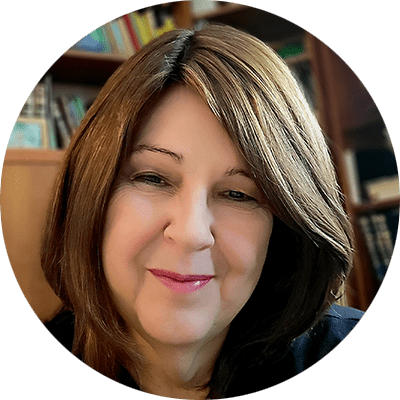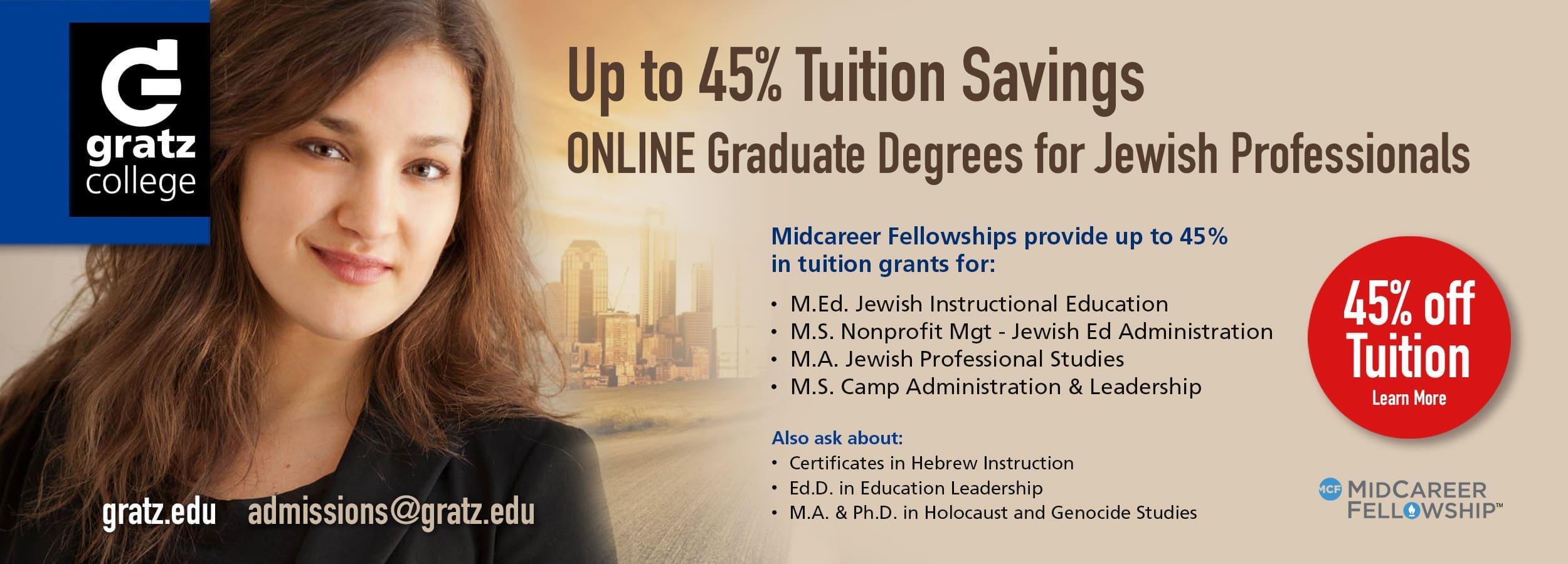Negotiating the School-Home Gap

Tzvia Eisenberg is a lifelong educator and learner. With an expertise in special education, she draws upon years of experience in informal and formal educational settings. Tzvia holds a Bachelor of Science and a Masters of Education from Arizona State University.
The process through which we assimilate information, process it, analyze it, and then draw conclusions is staggering in its complexity. For our purposes, we will focus on the learning of Jewish studies that takes place in a school setting—the teacher presents material and the learners come home with whatever they were presented in class. One of the challenges is that there are often discrepancies between the home practices and those introduced by the school. This is inevitable, as even though parents choose the “best fit” option of schools for their children, there is rarely a perfect fit.
To address this, I suggest looking at the learning process as an approach that encourages inquiry and the development of critical thinking skills. When encouraged by the teacher, the learning becomes interactive and fruitful and teaches the student a way of thinking which goes beyond the content learned. As students begin their questioning and exploration, they develop complex and rich connections with the material they are studying.
When classroom discussions turn to the “how to” and instructions on traditional practices are introduced, offering an open invitation for learners to share how the practice is carried out in their home or synagogue can send a powerful message to the entire class: It is acceptable for families to have different traditions. An approach that embraces diversity in Jewish practice, albeit within the guidelines of halakha, helps a wide range of students feel validated, and can be celebrated. It also allows the students to understand that what they have in common is much greater than what separates them. Exposing students to differing practices and traditions presents an opportunity for them to compare those practices with the ones they are familiar with from home.
Schools can adopt and share intentional language with families to help facilitate this embrace of diversity. For example, instead of saying, “That’s not how we do it,” the children and adults can begin to say, “It’s so interesting how different traditions do things differently.” And instead of challenging someone else’s practice as emanating from a questionable source or no source at all, or proclaiming that, “Our Rabbi says that this is wrong,” we can try to say, “I know someone else who does something similar.”
Analyzing information gathered, comparing it to previous knowledge, integrating it, and then synthesizing constructs are all parts of the critical thinking process. Questioning is part of the information gathering process. Learners will naturally take the information they have acquired, both from school and from home, and make choices. The information may have been explicitly offered, or implicitly provided through attitudes and inferences. When we support the development of thinking skills in a wholesome way, we empower learners to make decisions. By ensuring that messages from home and from school are delivered in a loving way, we support learners’ abilities to discern the paths of their ancestors.
In some communities, developing this kind of language is more challenging, both in the environments of the school and in the home, and there is no guarantee that the language and framing used in school will be welcomed and embraced in the home. Schools can work to achieve this in their communication and programming with parents, and in their public stance. With a recognition that most families are eager for their familial traditions and practices to be passed to the next generation, hosting school community events that include individuals and organizations representing different segments of the religious community can further this goal. Such community events can offer a glimpse into differing traditions, music, foods, and wedding customs, or even traditional dress from the respective ”old countries.”
There may be situations where learners will experiment with new practices that differ from their home practices. As a community, we must be willing to allow learners the opportunities to question and explore practices without branding them as rebels. It is precisely this culture of learning and exploration which will help students feel accepted as they inquire and expand their knowledge. It is this same culture which will allow parents to see their children as learning rather than rebelling and which can deepen students’ understanding of their own practices and the ones to which they are exposed in school.
When the home adopts the same stance of acceptance and inquiry, students don’t feel limited by their traditions and practices. Those practices become part of a greater tapestry which connects them with Jews who are different from themselves. Healthy learners in healthy environments who are entrusted with making good choices, usually will—if they have been given the tools needed in order to make those decisions.



Tzvia Eisenberg is a lifelong educator and learner. With an expertise in special education, she draws upon years of experience in informal and formal educational settings. Tzvia holds a Bachelor of Science and a Masters of Education from Arizona State University.
Reach 10,000 Jewish educational professionals. Advertise in the upcoming issue of Jewish Educational Leadership.




